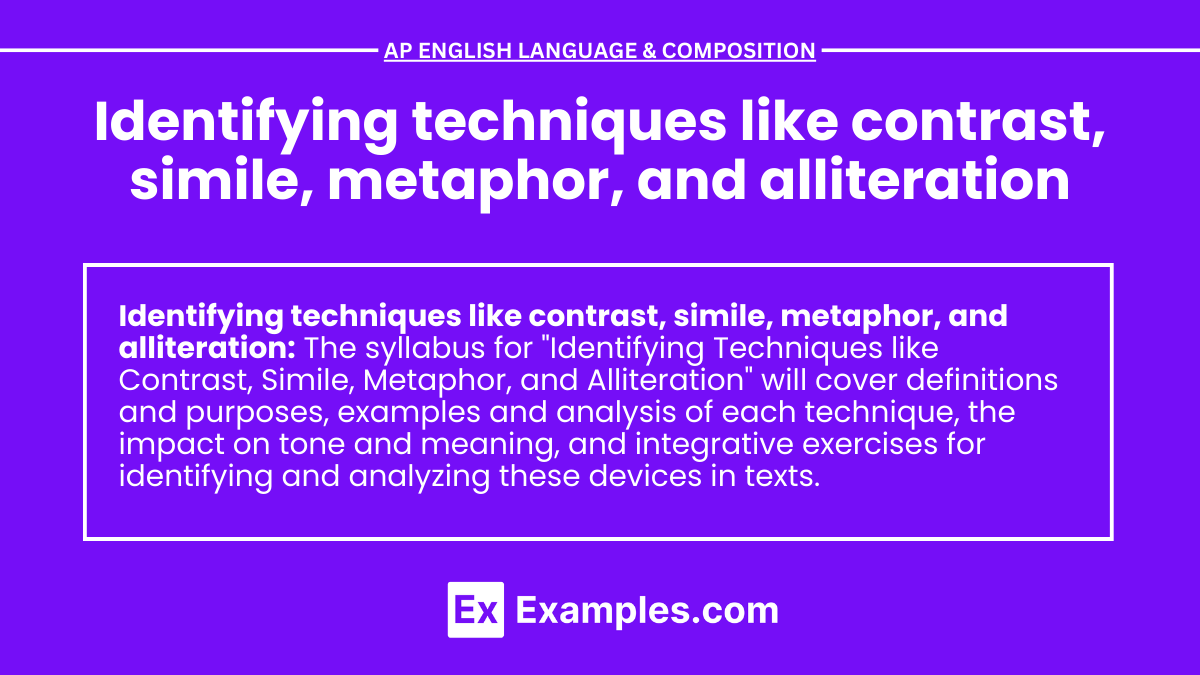In AP English Language and Composition, recognizing and analyzing literary techniques such as contrast, simile, metaphor, and alliteration is crucial for interpreting texts deeply. These techniques enhance the effectiveness of argumentative speeches and academic essay writing by adding layers of meaning and emotional depth. Understanding how authors use these devices in rhetorical sentences allows students to appreciate the craft of writing and improve their analytical skills in AP English Language and Literature. This guide will provide the tools necessary to identify and analyze these techniques effectively.
Learning Objectives
By the end of this lesson on identifying techniques like contrast, simile, metaphor, and alliteration, students will be able to develop a final thesis statement that clearly articulates the impact of these techniques in a text. They will enhance their critical thinking skills by analyzing rhetorical sentences to understand how these devices shape meaning. Students will practice writing rhetorical essays, persuasive essays, expository essays, and explanatory essays, using cumulative sentences to build and support their analyses effectively in one coherent paragraph.
Contrast
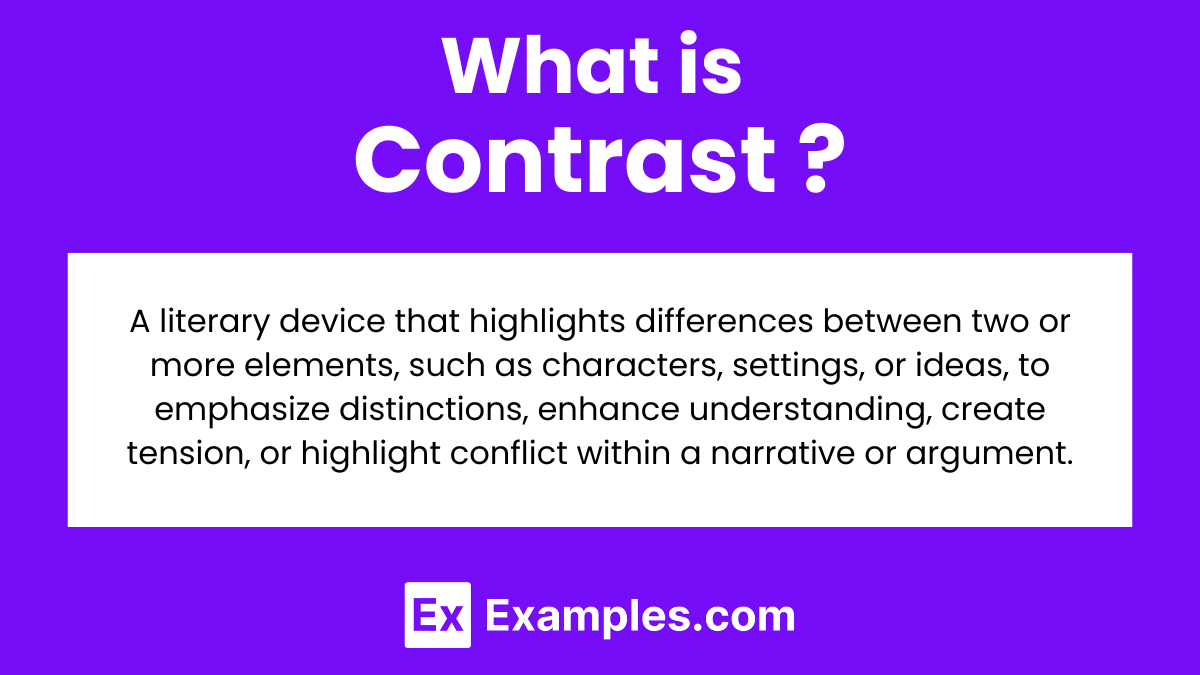
Definition: Contrast is a rhetorical device that highlights differences between two or more elements, such as characters, settings, or ideas.
Purpose:
- Emphasizes distinctions and oppositions.
- Enhances understanding by comparison.
- Creates tension or highlights conflict.
Examples:
- Character Contrast: In Charles Dickens’ “A Tale of Two Cities,” the contrasting cities of London and Paris underscore themes of stability and revolution.
- Thematic Contrast: In Shakespeare’s “Macbeth,” the contrast between light and darkness symbolizes the struggle between good and evil.
Analysis Tips:
- Identify the elements being contrasted.
- Examine how the contrast contributes to the overall theme or message.
- Consider the emotional or psychological impact of the contrast on the reader.
Simile
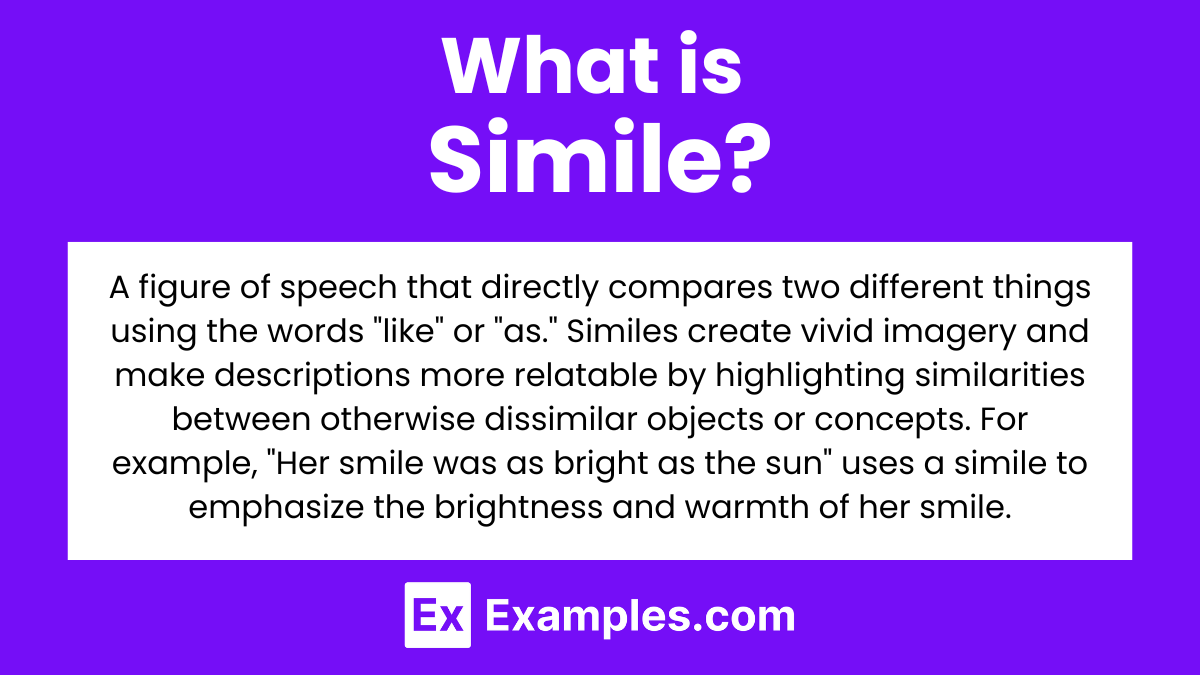
Definition: A simile is a figure of speech that compares two different things using the words “like” or “as.”
Purpose:
- Makes descriptions more vivid and relatable.
- Clarifies and enhances imagery.
- Engages the reader’s imagination.
Examples:
- “Her smile was as bright as the sun.”
- “He fought like a lion.”
Analysis Tips:
- Identify the two elements being compared.
- Analyze how the comparison enhances the description.
- Consider the connotations of the objects being compared and how they contribute to the text’s meaning.
Metaphor
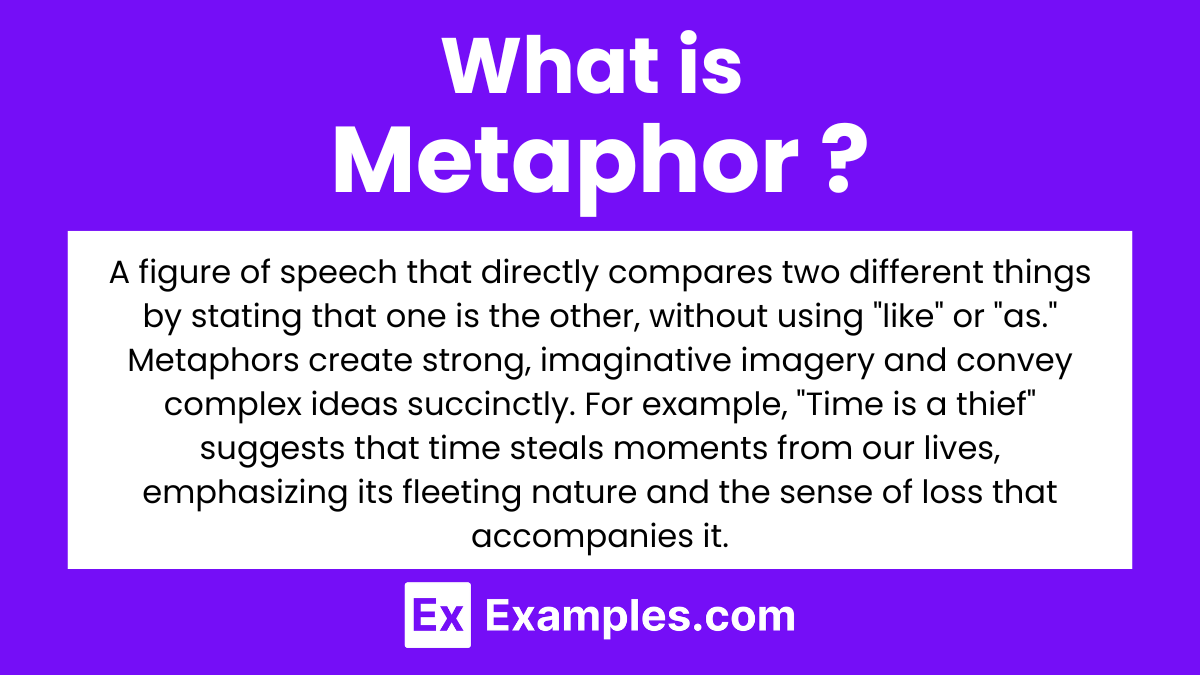
Definition: A metaphor is a figure of speech that directly compares two different things without using “like” or “as.”
Purpose:
- Creates strong, imaginative imagery.
- Conveys complex ideas succinctly.
- Evokes emotions and associations.
Examples:
- “Time is a thief.”
- “The world is a stage.”
Analysis Tips:
- Identify the two elements being compared.
- Examine the qualities of the metaphorical object and how they relate to the subject.
- Consider the metaphor’s implications for the text’s themes and emotions.
Alliteration
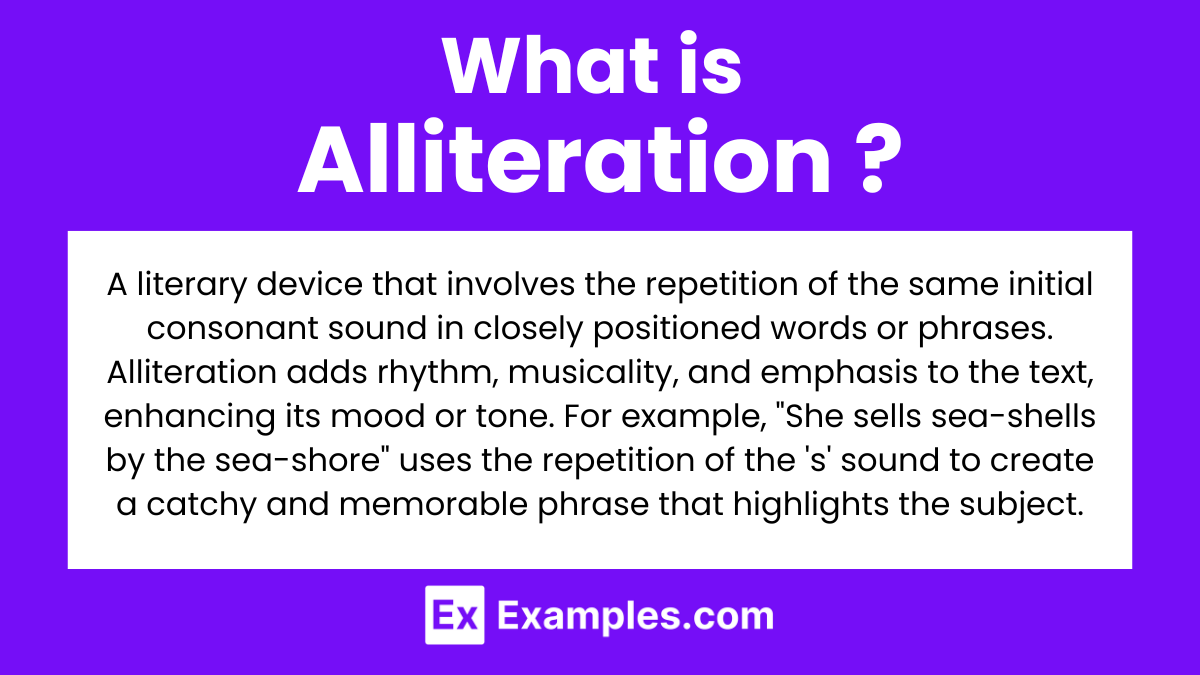
Definition: Alliteration is the repetition of the same initial consonant sound in closely positioned words.
Purpose:
- Adds rhythm and musicality.
- Emphasizes particular words or themes.
- Enhances the mood or tone of the text.
Examples:
- “She sells sea-shells by the sea-shore.”
- “Peter Piper picked a peck of pickled peppers.”
Analysis Tips:
- Identify the repeated sounds.
- Analyze how the sound repetition contributes to the poem’s or passage’s rhythm.
- Consider the effect of the alliteration on the reader’s perception and the text’s overall mood.
Combining Techniques
Integrative Analysis:
- Authors often use multiple techniques in combination to enrich their writing.
- Analyze how the interplay of these techniques enhances the overall impact of the text.
Example:
- In Robert Frost’s “The Road Not Taken,” contrast, metaphor, and alliteration work together to explore themes of choice and individuality.

